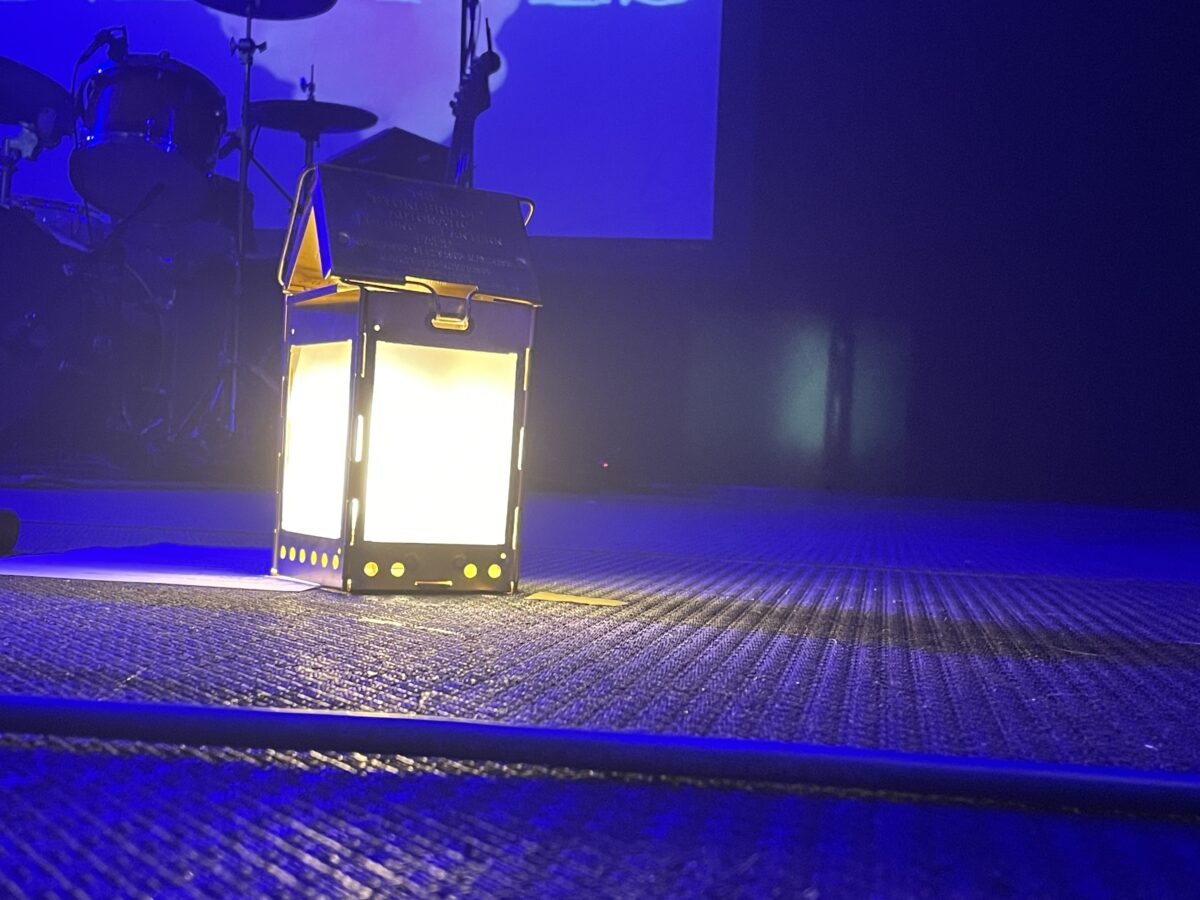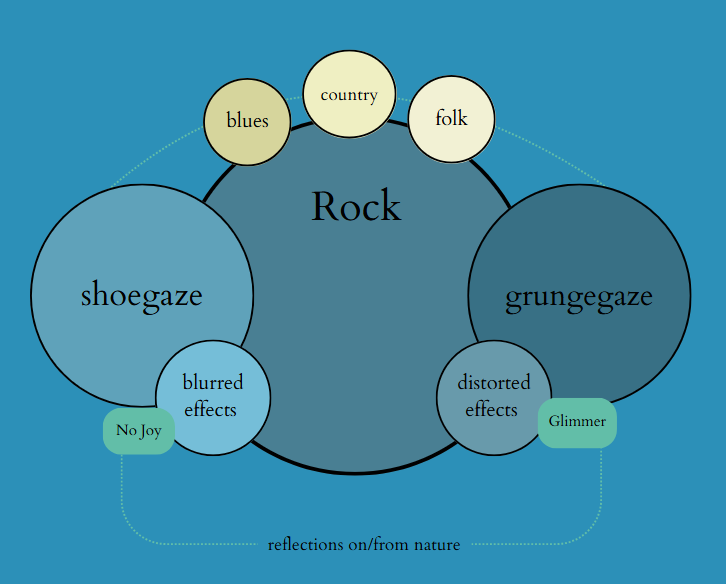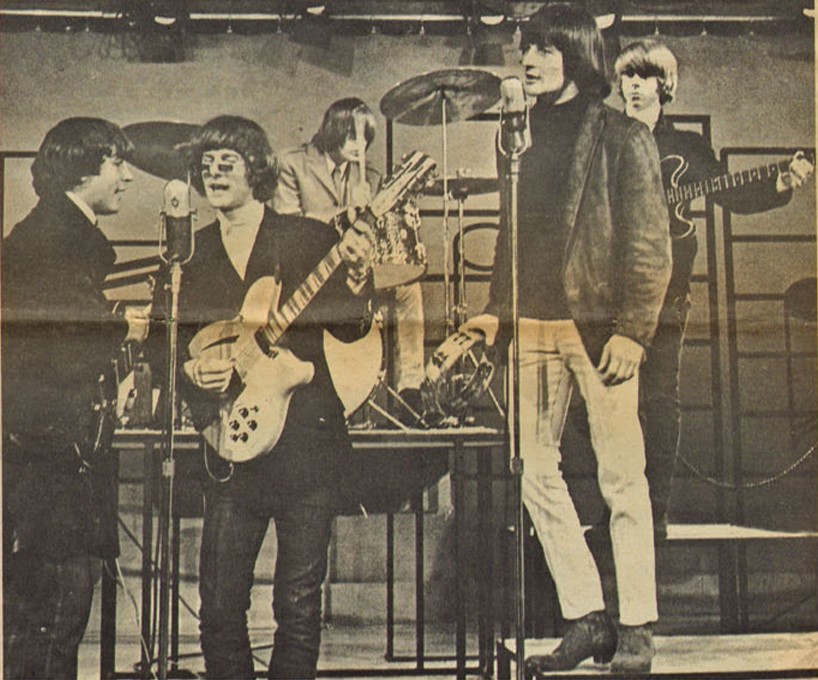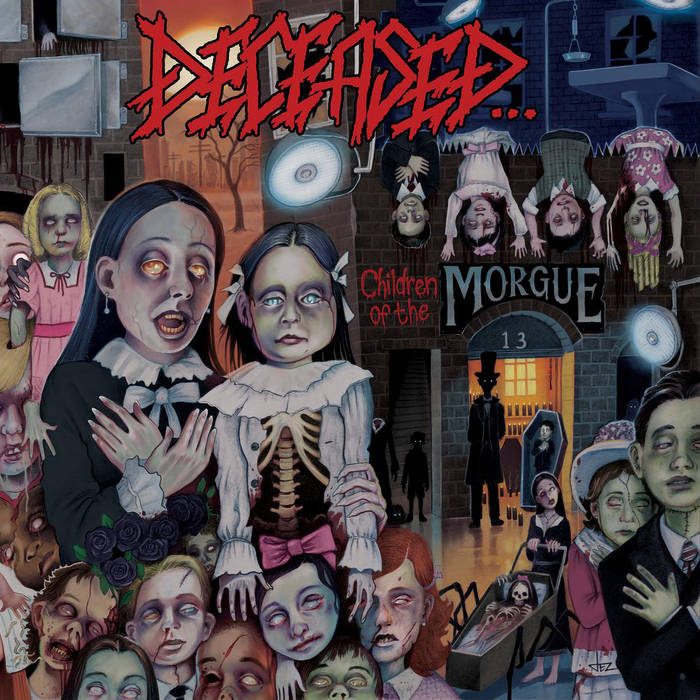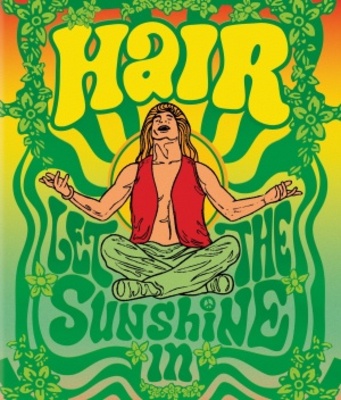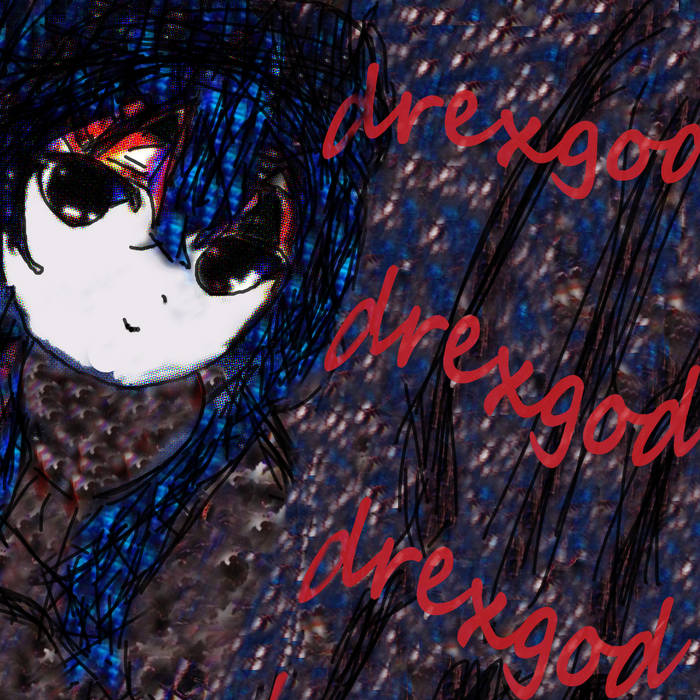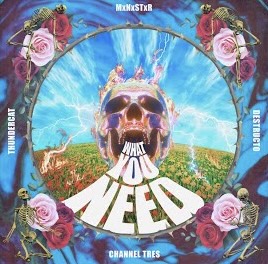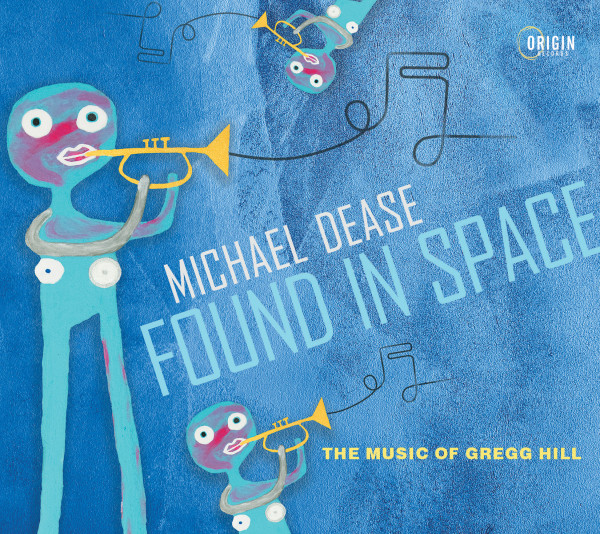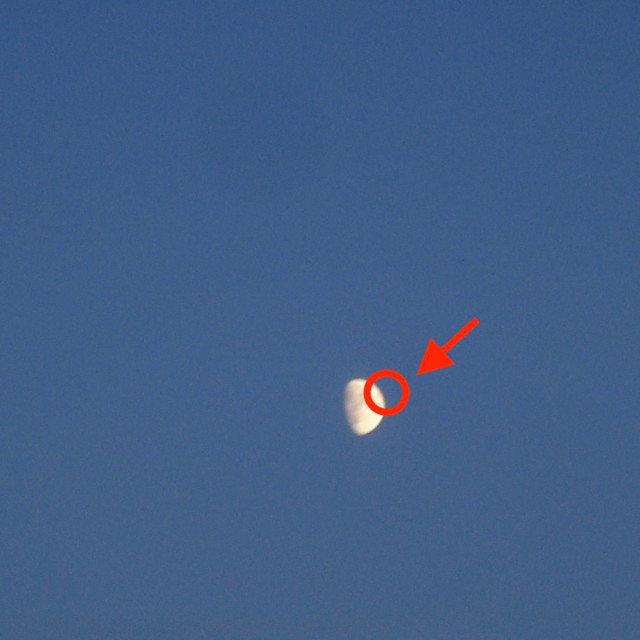What Is Jangle Pop?
Jangle pop describes a sound characterized by bright “jangly” guitars. Bands created this sound by using single-coil pickups. Pickups on electric guitars convert string vibrations into electricity. Inside of the pickup are magnetic bars, wrapped in coils. Metal coils can convert vibrations into electricity even without a power source. The metal strings on guitars work as a second magnetic body, which moves over the magnetic bars and coils. When a magnet goes over the coil an electrical current flows through it.
There are two main ways to make pickups, single or double coils. Double coils reduce the amount of outside noise interference because each coil can cancel out any background humming done by the other. Single coils on the other hand do not have noise reduction. Single coil pickups offer a crisp and clean tone, which when paired with the use of minimal distortion on amps creates the jangly sound for which the genre is named. Some jangle pop acts also employed the use of 12-string guitars. 12-string guitars produce a cascading, shimmery sound. This sound is due to the fact that it is impossible to vibrate all of the strings simultaneously.
While influenced by pop and utilizing pop writing conventions, bands still usually had a DIY mentality, an amateur sound and cryptic lyrics.
